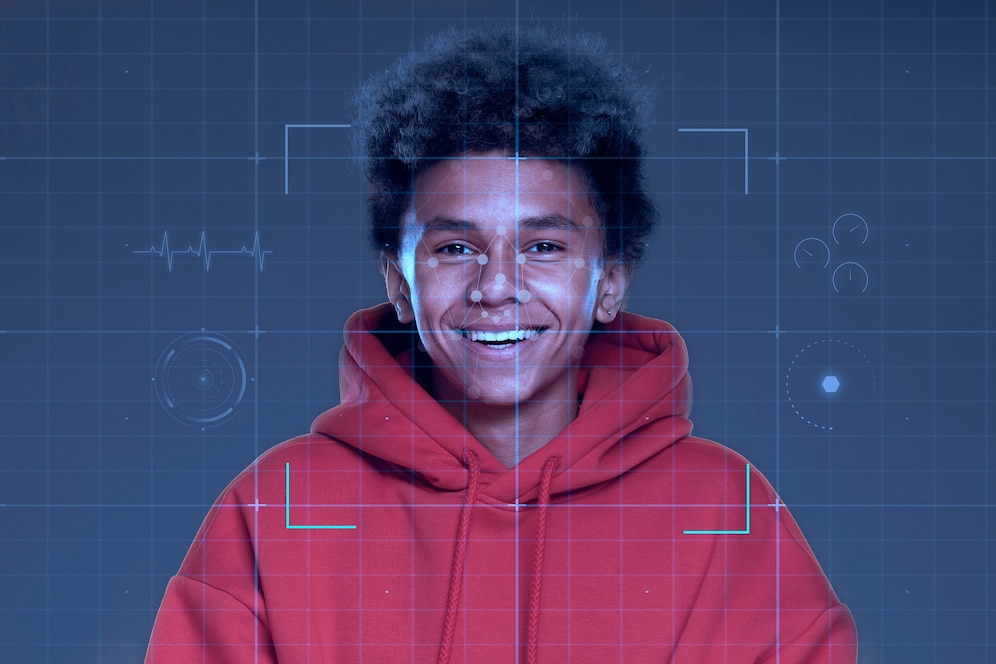Introduction
Facial recognition technology, a groundbreaking innovation in the field of artificial intelligence( AI), has surfaced as a powerful tool with transformative eventuality. By assaying facial features and patterns, this technology has the capability to identify and authenticate individualities in real time. This composition explores the complications of facial recognition technology, its working principles, and the profound impact it’s poised to produce in colorful sectors in the near future.
Understanding Facial Recognition Technology
Facial recognition technology operates by landing, assaying, and comparing unique facial characteristics to a database of known faces. The process involves several crucial ways. First, the system acquires an image or videotape footage containing a person’s face. Next, it identifies and excerpts specific facial milestones, similar to the position of the eyes, nose, and mouth. These milestones are also converted into a fine representation known as a face template, which is latterly compared to a database of known faces. However, the existent’s identity is verified, If a match is set up.
Operations and Benefits
Facial recognition technology has formerly set up wide operations across multitudinous sectors. In law enforcement, it aids in relating suspects and missing persons, therefore enhancing public safety. also, it plays a vital part in border control, enabling effective immigration and passport control processes. In the marketable sphere, facial recognition is the transubstantiating client experience, with operations ranging from substantiated marketing to secure access control. also, it’s revolutionizing healthcare assiduity by perfecting patient identification, enhancing security, and streamlining executive tasks.
Privacy Concerns and Ethical Considerations
Despite its implicit benefits, facial recognition modern technology raises enterprises regarding sequestration and ethics. the mass collection of Critics argues and storehouse of facial data could lead to unauthorized surveillance and implicit abuse. also, technology has been set up to parade impulses, similar to ethnical and gender demarcation, which can affect illegal treatment and social shafts. To address these issues, policymakers and assiduity leaders must establish robust regulations and ethical fabrics to ensure the responsible use of facial recognition technology.
The Future of Facial Recognition Technology
Looking ahead, facial recognition technology is poised to make an indeed lesser impact. Advancements in deep literacy algorithms and tackle capabilities are driving bettered delicacy and briskly recycling pets. The technology is anticipated to find operations in different areas similar to banking, transportation, and education. also, it may contribute to enhanced security measures, crime forestallment, and indeed substantiated healthcare results. still, striking a balance between invention and securing individual rights will remain a critical challenge in the relinquishment and deployment of this technology.
Conclusion
Facial recognition technology represents a significant corner in the realm of AI, with the eventuality to reshape multiple diligence and review our diurnal lives. Its operations are expanding fleetly, from law enforcement and marketable sectors to healthcare and beyond. still, to unleash its full eventuality while mollifying sequestration enterprises, careful consideration of ethical counteraccusations and the establishment of nonsupervisory fabrics are imperative. By embracing responsible use and striking a balance between invention and sequestration, we can harness the power of facial recognition technology to produce a safer, more effective, and substantiated future for all.












